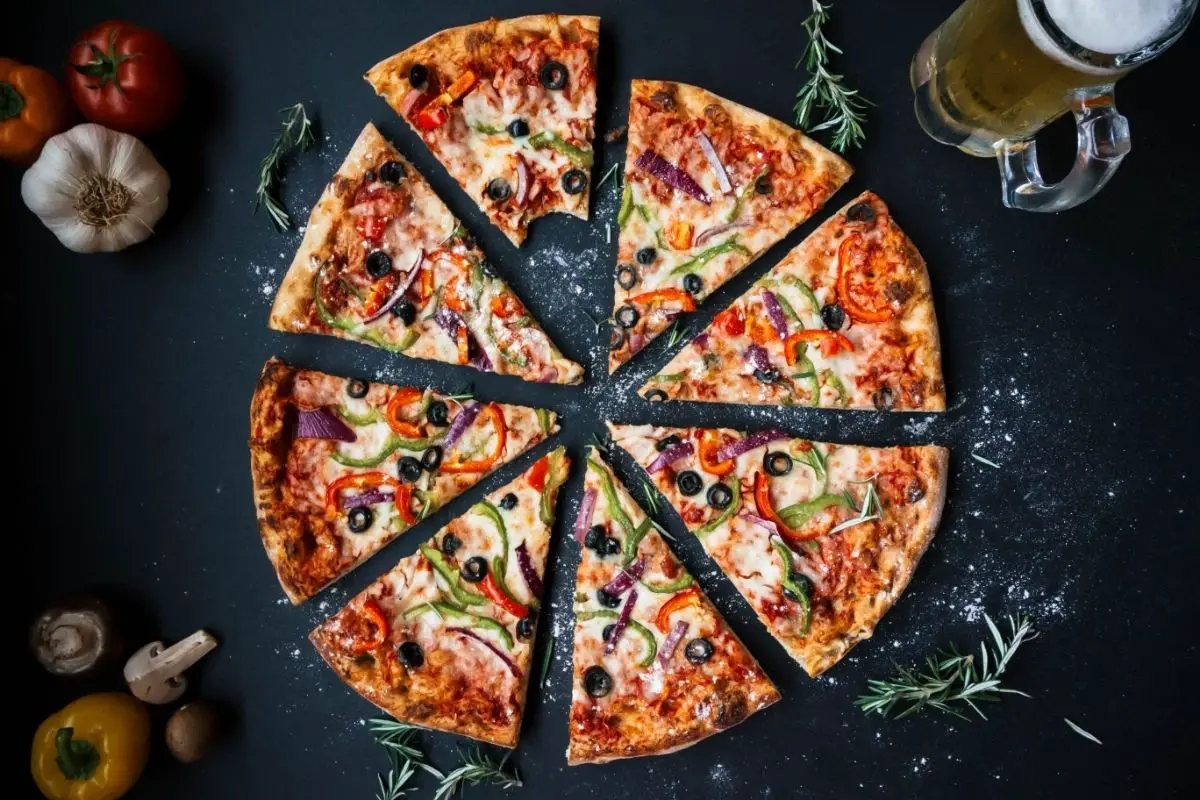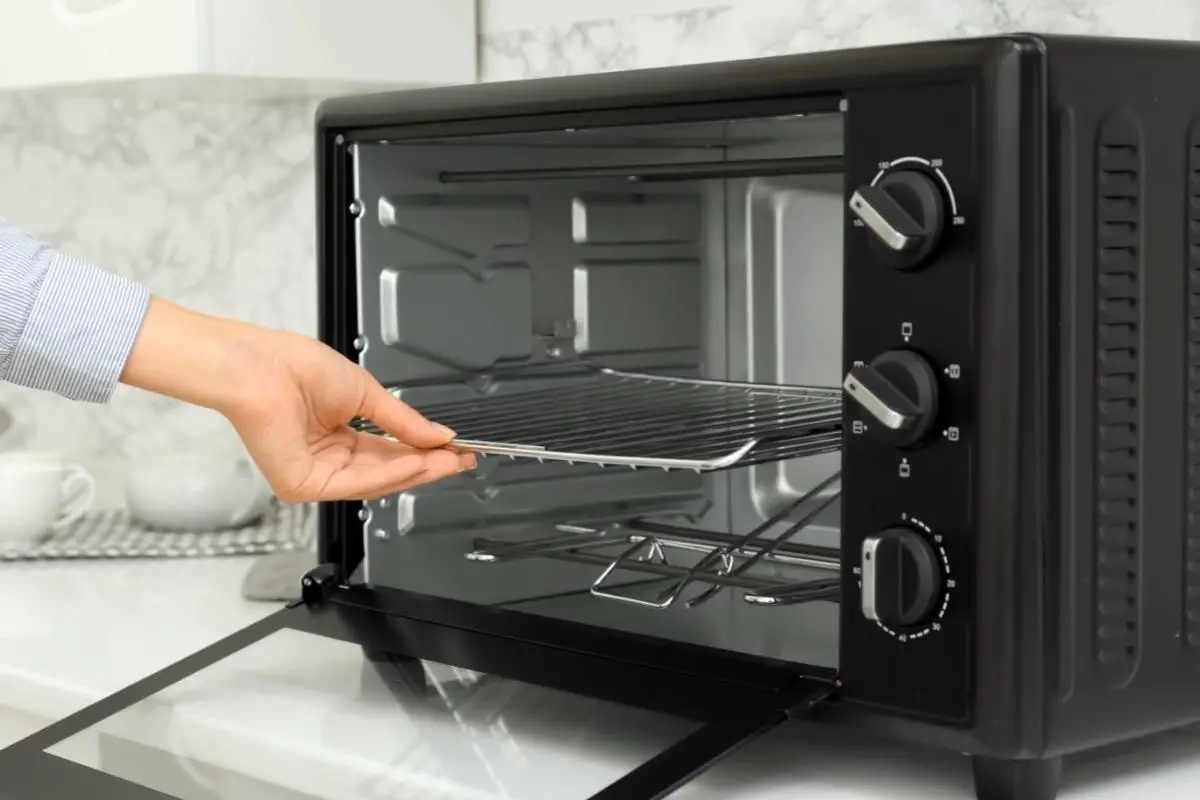When you store warm chicken in your fridge, it actually prohibits the growth and multiplication of a range of different microorganisms – this can ensure that you experience fewer problems, later on, allowing for a healthier meal than other storage options.
Warm chicken can be kept in the fridge. In fact, it’s often recommended to place the chicken in the fridge while it’s still a little warm to prevent it from spoiling.
When chicken, or any form of meat or poultry, is left out on the side, a range of different contaminants can settle upon and within the chicken itself over time. These contaminants can include bacteria like salmonella, staphylococcus, and e-coli. It goes without saying that these are some nasty bugs, and so avoiding them is for the best.
Hot vs Warm?
There is confusion about adding warm food to your fridge, and chicken in particular. The truth of the matter is that there is a difference between warm and hot chicken.
You shouldn’t add hot chicken to your fridge, as the vast majority of fridges cannot handle that temperature change. It will mean that a fridge is unable to work hard enough to draw the temperature out of its internal chamber, leading to the temperature rising. This rise can spoil other food since bacteria thrive in a hot, humid environment – such as a fridge that has been artificially heated up.
Chicken, or other food, counts as warm when it’s not hot enough to cause a burn, or even to cause someone to withdraw their hand when they touch the surface. The reason that it’s okay to place that in the fridge is twofold.
First of all, the chicken being warm won’t be hot enough to truly overwhelm the fridge itself. The motor and cooling system within the fridge will draw the heat from the meat, allowing it to cool before any bacterial growth can occur.
Secondly, if the chicken is warm from being freshly cooked, that means it hasn’t been sat on the counter for a long time. This means, in turn, that not enough time has passed for the chicken to have attracted microbes, and for growth to have begun.
How long after cooking chicken before I can put it in the fridge?
Well, hot chicken is bad for your fridge, so you need to wait at least a little while for it to cool down enough to place in your fridge. A good rule of thumb is that you ought to wait for around two hours before transferring the cooked chicken into your fridge.
If the chicken is on your counter for longer than two hours, it enters something of a danger zone – it’s neither warm nor cold. While in that dangerous region of 5-60˚C, bacteria tend to thrive and multiply very quickly. The reason for this is that bacteria have evolved to live across the world, and most places in the world are within those temperatures, naturally.
If you need to cool your chicken down quicker to place it into the fridge, we would recommend slicing it into smaller chunks.
How long can you leave the cooked chicken in the fridge?
When you’re using your home appliances to prolong the life of your chicken, your fridge and freezer are your best friends. The cold that those appliances provide allows you to greatly inhibit bacterial growth, leading to much longer shelf life for most pieces of chicken.
According to the USDA, raw chicken can be kept in your fridge for no longer than one to two days. Any longer than that, and the chicken itself can develop bacterial growth, rendering it no longer safe for human consumption.
If you’re dealing with cooked chicken, however, you’re starting from a position of having much lower levels of bacteria. To that end, cooked chicken can be stored in your fridge for up to four days.
When leaving your chicken in the fridge, look out for signs of it going bad. It will likely develop a slimy texture, a slight change in color, and some weird smells. If you see any sign of those things, dispose of them – bad chicken has typically been contaminated by bacteria and eating that can lead to food poisoning.
Does cooking chicken kill all of the bacteria?
This is quite a tough question to answer, even for a scientist in a lab. The reason for this is that counting bacteria in something can be quite tough, despite the fact it’s important. For example, raw chicken contains salmonella bacteria, which makes the procedure for cooking and storing chicken very important indeed.
Cooking chicken in your kitchen can kill the vast majority of the bacteria in it. However, this can typically only happen when the food is cooked very thoroughly and reaches the correct internal temperature. No matter what cooking method you use, the internal temperature of your chicken must reach 165˚F in order for it to be safe.
Consider investing in a meat thermometer if you’re concerned about your food reaching this temperature. Meat thermometers generally aren’t expensive (typically less than $10) and they can save you a lot of frustration and sickness by ensuring your meat is properly cooked.
What is the four-hour/two-hour rule?
When you’re dealing with cooked chicken, you may hear about the four-hour/two-hour rule. It’s a very simple rule of thumb that’s used around the world when dealing with cooked food that you’d like to store in your fridge. The rule is simple and essentially deals with the speed of bacterial growth on food.
The rule says that if cooked food is left at room temperature for under two hours, it is safe to use or refrigerate. Between two and four hours, the food is still okay, but not ideal for someone immunocompromised, or already sick. Once the food has been left at room temperature for more than four hours, it is no longer safe to eat, and should really be thrown away.
This is a great preventative measure that applies to almost every food out there, from meat to veggies. When storing any food at room temperature, you need to be wary of making sure that it’s still safe to eat in the long term.
- What goes good with fried shrimp for dinner? - November 17, 2022
- Best Heat Diffusers for a Gas Stove - November 16, 2022
- Can you boil potatoes too long for mashed potatoes? - November 15, 2022









